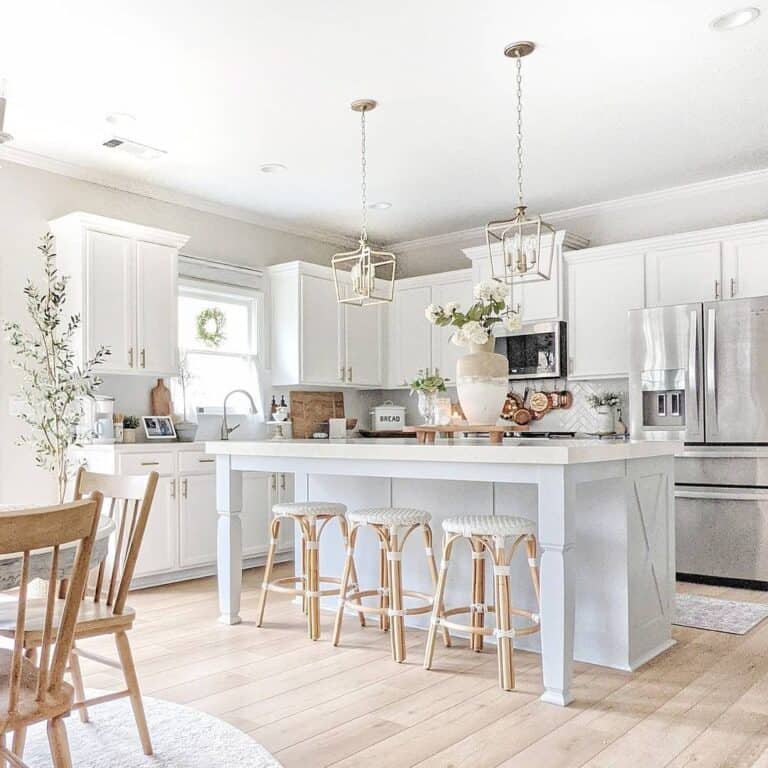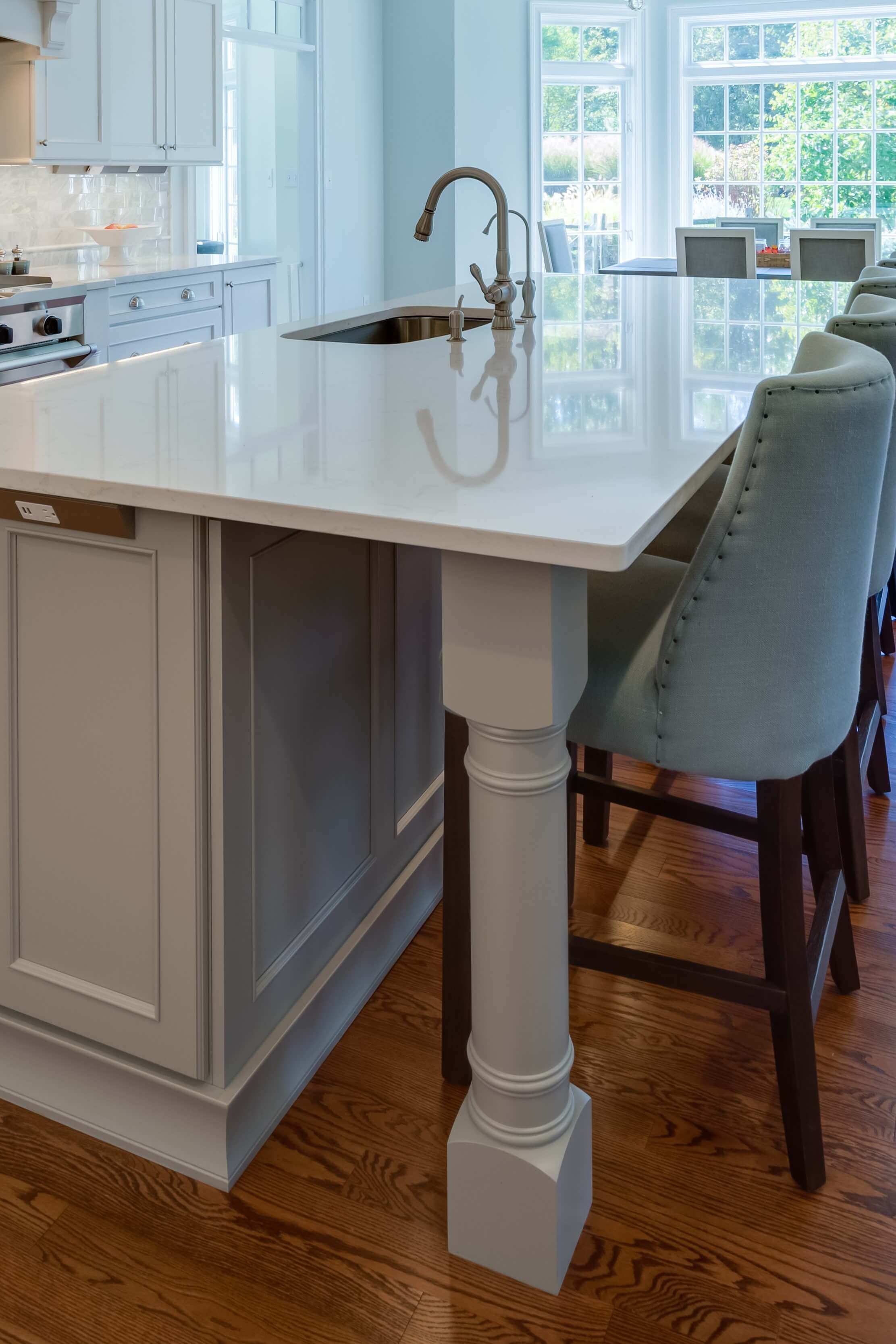Essential Tips for Choosing the Perfect Dining Table for Your Cooking Area
Choosing the perfect eating table for your kitchen is greater than simply an issue of taste; it requires a comprehensive understanding of your space and demands. Begin by measuring your offered room to make sure adequate clearance for activity. The form of the table plays a critical function; while rectangular tables match bigger areas, rounded ones foster affection, and extendable choices use flexibility. Product choice is just as critical, with woods giving durability and glass borrowing a contemporary touch. Ultimately, the table needs to balance with your cooking area's aesthetics and suit your household easily. What other variables might influence this crucial decision?
Step Your Room
Picking the suitable table starts with a thorough assessment of your available area. This foundational step makes sure that the table not just fits comfortably within the space yet also complements the general layout and functionality of your dining area. Begin by gauging the measurements of the space, taking into account entrances, windows, and any existing furniture. This will aid you establish the maximum allowable dimension for your table.
It is necessary to leave adequate area for chairs to be drawn out and for individuals to relocate around the table without obstruction. A general guideline of thumb is to permit at the very least 36 inches of clearance from the side of the table to the nearest wall surface or piece of furniture.
Additionally, think about the number of people you generally delight and whether you require added space for guests. Going with an extendable table can give flexibility, enabling you to suit differing numbers of restaurants. By accurately determining your room, you prepared for choosing a table that enhances both the aesthetic appeals and functionality of your eating location.
Pick the Right Forming

On the other hand, round tables are exceptional for smaller sized kitchens or intimate celebrations, as they advertise conversation by enabling every person to deal with each various other. They additionally give a feeling of comfort and can fit well in tighter rooms due to their absence of sharp edges. Oval tables provide the very best of both globes, incorporating the length of rectangle-shaped tables with the intimacy of rounded ones, making them versatile for numerous settings.
Square tables are one more option, especially suited for square-shaped spaces. They create a symmetrical and modern appearance, cultivating an equivalent eating experience for all seated. They might be less sensible for larger gatherings unless they come with extensions. Inevitably, the form you select must straighten with your space dimensions and lifestyle to make certain both kind and feature.
Product Considerations
When selecting an eating table, product considerations are extremely important in identifying the table's longevity, maintenance demands, and general visual. Wood is a timeless choice, offering ageless his explanation charm and toughness. Hardwoods like mahogany, walnut, and oak are specifically sturdy, though they can be costly. kitchen island legs. Softwoods, such as yearn, are much more inexpensive yet may be susceptible to damages and scratches.
Glass-topped tables offer a modern-day, sleek look and can make a space appear bigger because of their transparency. Nevertheless, they need regular cleansing to stop fingerprints and spots. In addition, toughened up glass is suggested for its extra stamina and safety.

Lastly, composite materials like MDF (Medium-Density Fiberboard) or plywood are affordable options. These materials can simulate the look of solid wood however might not provide the same long life. They are usually much easier to clean however can be prone to water damage if not appropriately secured.
Eventually, the choice of product must line up with your kitchen's style, your way of life requires, and your spending plan restraints. (kitchen island legs)
Seats Ability and Convenience
Exactly how do you establish the appropriate seating capacity and comfort for your eating table? For a household of 4, a rectangle-shaped table of 48 inches long or a round table with a 48-inch size is normally adequate.
Convenience is just as necessary. my link The height of the table need to preferably be around 30 inches, giving a balanced ergonomic stance for seated restaurants. Chairs need to have a seat elevation of 18 to 20 inches to make sure a comfy eating position. In addition, think about the chair design; helpful backrests and upholstered seats can improve eating comfort dramatically, especially during long term dishes.
Design and Looks
Selecting a table that suits your design and appearance involves balancing individual preference with the existing design of your eating area. The eating table is commonly the focal point of the cooking area, and its style ought to match the general theme of the room. Whether your kitchen area flaunts a modern-day, minimalist appearance or a rustic, farmhouse beauty, the table you choose must harmonize with these components to develop a cohesive and inviting ambience.
Think about products very carefully; wood uses a classic appeal and can range from rich mahogany for a conventional seek to lighter oak for a contemporary feel. Metal and glass tables, on the other hand, can introduce a sleek, commercial edge to your cooking area. Don't ignore the table's shape-- rectangular tables are traditional and versatile, while round and oval choices can foster a more intimate dining experience.
Additionally, pay very close attention to information and coatings. A troubled coating might include character and heat, whereas a glossy surface can add to a clean, modern-day aesthetic. Ultimately, your table must not just fit seamlessly into your kitchen's layout but also mirror your personal design, elevating the room both functionally and visually.
Final Thought
To conclude, picking the ideal dining table for a cooking area necessitates mindful assessment of room, form, product, seating capability, and visual harmony. Ensuring a minimum clearance of 36 inches promotes comfy motion, while the choice of shape improves spatial characteristics. Product selection influences resilience and layout, making it crucial to straighten with the kitchen's general visual. Inevitably, a well-chosen table fosters a welcoming environment and accommodates the family easily, hence improving the dining experience.

When picking a dining table, material considerations are critical in identifying the table's toughness, upkeep needs, and overall visual. For a household of four, a rectangle-shaped table of 48 inches long or a round table with a 48-inch diameter is usually enough.
Do not neglect the table's form-- rectangle-shaped tables are versatile and timeless, while round and go to this site oblong options can cultivate a much more intimate dining experience. kitchen island legs.
Comments on “Special Kitchen Island Legs for a Personalized Kitchen Look”